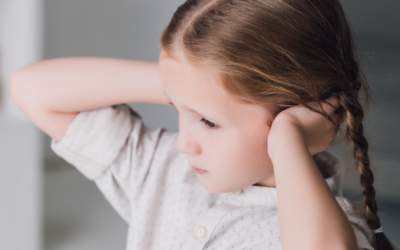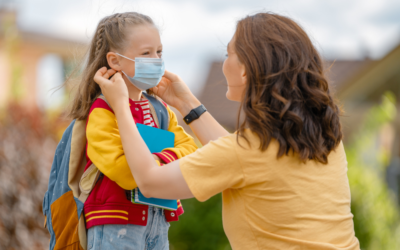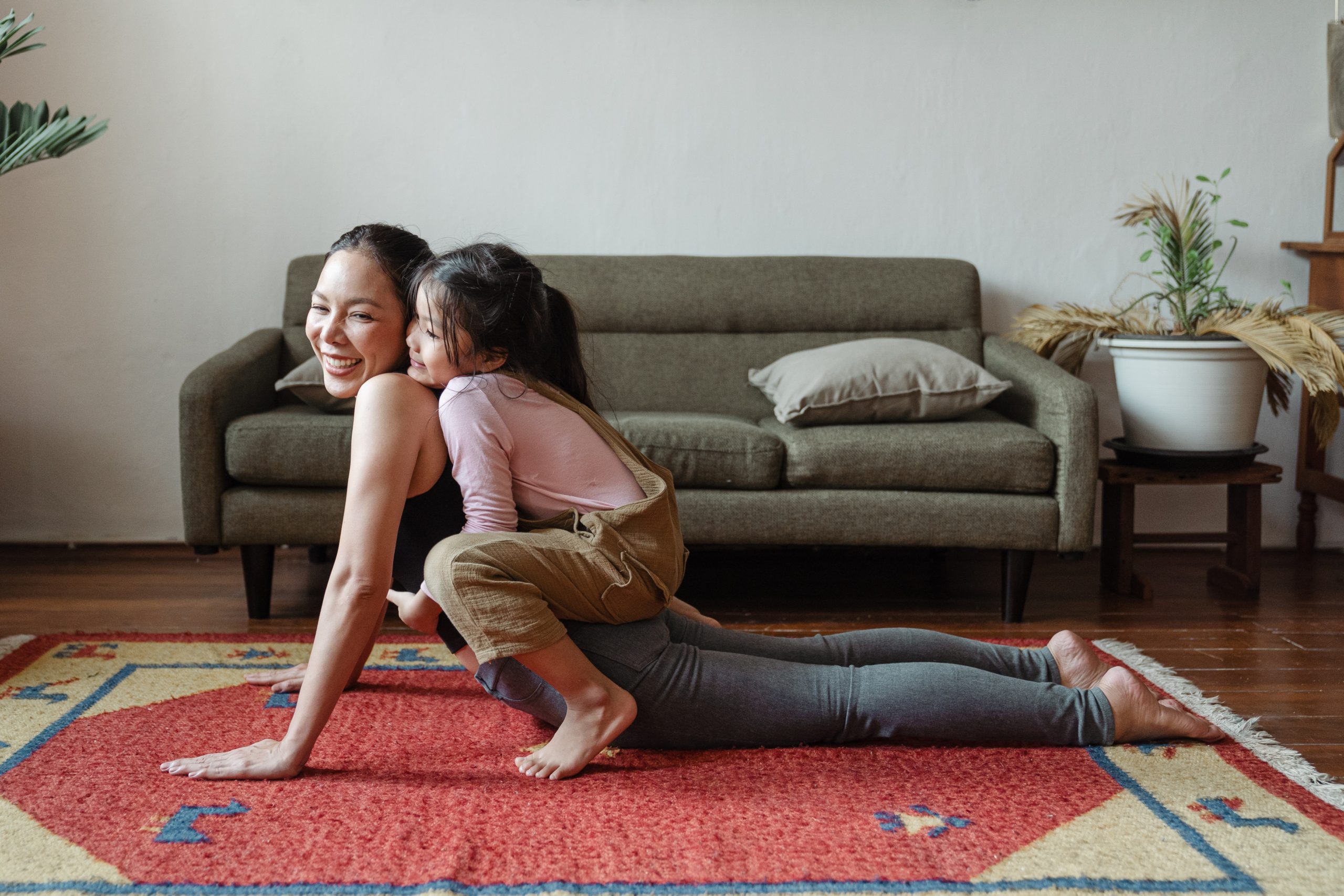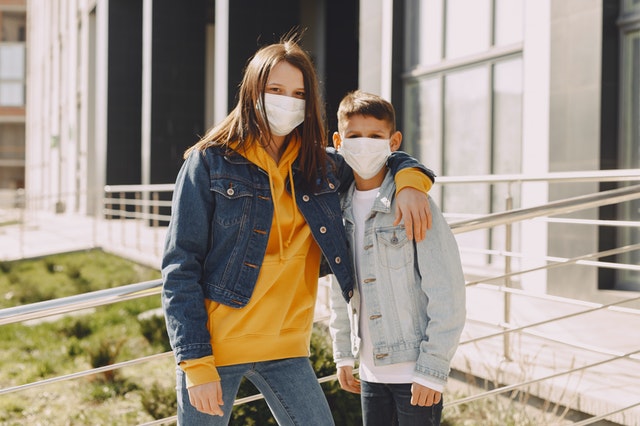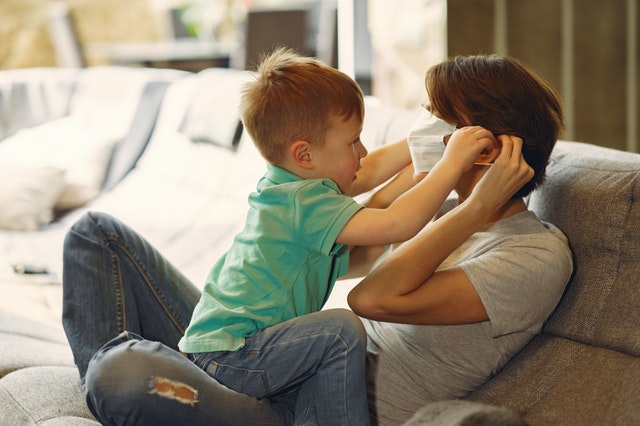
Post-Grad Music Therapy: A Parent’s Perspective
Congrats to the Class of 2020! Mari Johnson is one of many students who graduated high school from Newark Education Center this year amidst the COVID-19 pandemic. Rather than concluding her services, Mari transitioned to community-based music therapy services this summer. Mari’s mother, Tammy, was gracious enough to discuss the family’s many years receiving music therapy as well as what it was like to transition to virtual therapy.
Below is Tammy’s interview conducted by Mari’s music therapist and UMTC employee, Katie Pistilli.
1) For how long has Mari received music therapy services through Upstate Music Therapy Center?
Mari has received music classes/therapy services from Upstate Music Therapy Center since 2005, 15 years!
2) What inspired you to initially seek out music therapy for Mari?
I sought music therapy services for Mari because music was a game changer, it removed barriers for her! Music motivated and calmed her; music completely turned off the “upset” light switch! Music also stimulated and developed her cognition and language abilities. Metaphorically speaking, it’s almost like music opens the windows in your house and lets that refreshing breeze in.
3) In your eyes, how does music therapy benefit Mari?
In my eyes, music benefits Mari as an organized, predictable way to express her wants, needs, and feelings, while gaining confidence and knowledge!
4) What was it like receiving music therapy over Zoom for the first time? Has it helped her transition after graduation?
Receiving Music Therapy over zoom the first time was a wonderful, familiar re-connection/continuation to Mari’s daily schedule.
5) Now that Mari has graduated, what do you see the role of music therapy being in her life?
Music classes/therapy will continue to play a major role in Mari’s life post–graduation. In Mari’s life, music is equivalent to oxygen!
6) Do you have any advice for parents questioning whether they should pursue self-direct services post-graduation?
The advice I have for parents questioning whether or not to pursue self-direction services is…. As a parent you know your child’s needs the best! Self-Direction services can provide access to goods and services in your community that will help your child. I would encourage you to advocate for Self-Direction services to help you help your child.
7) Do you have any stories that you would like to share about music therapy and Mari?
Music therapy/classes has provided carryover into all areas of Mari’s life and development. A recent example of this was when Mari was working with another therapist. In the beginning of the session Mari made a few requests on her communication device what she wanted to do after her work was complete. When we didn’t understand her request, she sang her request!
Music is an access road that leads to a destination, a superhighway leads to that same destination, the road we take doesn’t matter…. what matters is that we both arrived safely!
Thank you, Mari and Tammy!
UMTC is grateful for the opportunity to have worked with you for the past 15 years. We cannot wait to continue growing with Mari in the future.
If you are a parent interested in self-direct pay services for your young adult or graduate, please contact us! Email Amy: [email protected] or give us a call at (585) 377-1000



